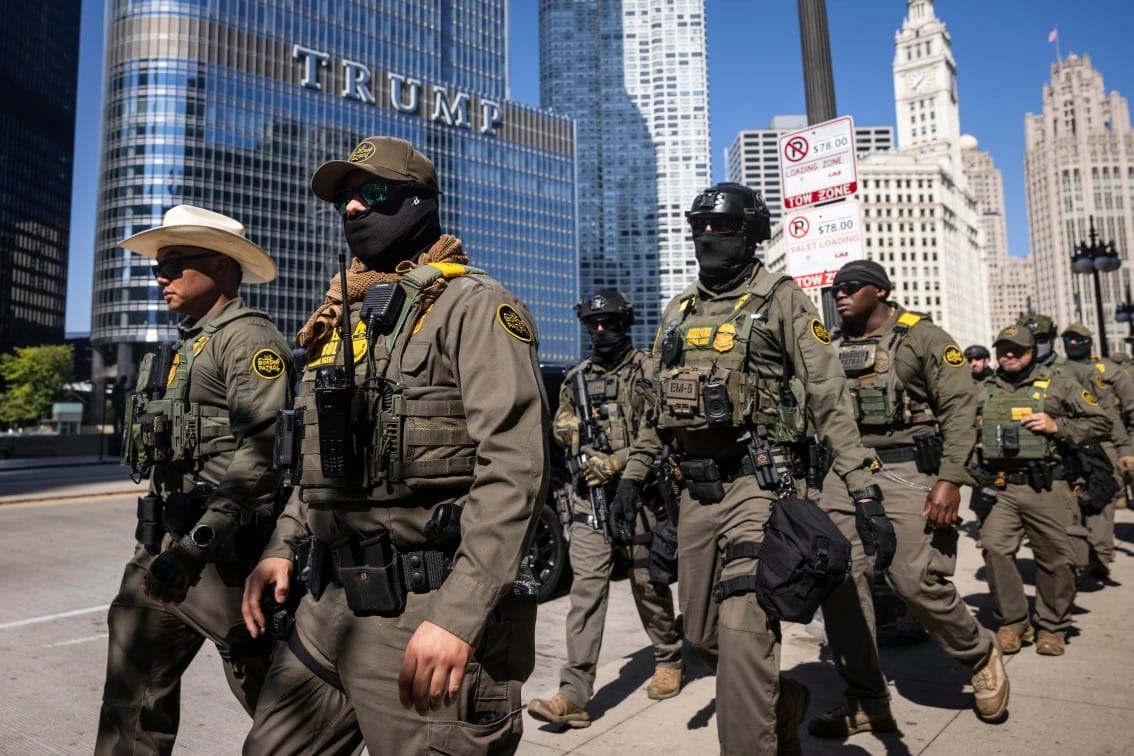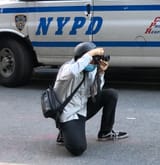Days of Shock and Awe
These days of shock and awe demand more than mere realism: they also require a good measure of social and political imagination. We have to be able to imagine a world without war, a life beyond capitalism, a future without fascism.

According to Jewish tradition, autumn augurs the coming of the new year, and with it, the so-called days of awe: a time of moral reckoning with who we are and who we want to be, of critical reflection on how we relate to ourselves and our fellow humans.
Suspended between past and future, we look back on who and what we have lost, and we look forward to the world to come: a world repaired, rebuilt, remade in the image of the best in us.
But as summer turns to fall, and one year turns to another, we find ourselves, not only awe-struck, but shell-shocked in the face of late fascism in America, of the genocide in Gaza, and of the wars the world over — all in the service of a system that has brought both people and planet to the brink of collapse.
Surely, at this critical juncture in our history, some critical realism is in order. We must confront the actual material conditions of our lives. We must face the facts of our social and political situation. And we must reckon with a regime that seeks to shock and awe us into submission.
Forget Charlie Kirk — everyday political violence has become a normalized fact of life for millions of the undocumented, the unhoused, the trans and the otherwise targeted (as it has been for some time for the Palestinians, whose land has long been a laboratory for such violence).
In the dead of night, or in the light of day, working-class people of Latin, African, Arab, and Asian descent are snatched from the places where they live, labor, and learn, disappeared by masked men of unknown description who may or may not be agents of the state.
From LA to DC, Oregon to Tennessee, soldiers loyal to the regime stalk the streets. Predator drones fill the skies. Tanks roll down the avenues ringing the palaces of the rich and the powerful. Those who dare to stand, or to sit, in the way are brutally beaten, gassed, or shot at.
Over at the Oval Office, the President all but declares war on the political opposition, starting with public enemy #1: "Antifa," that is, America’s anti-fascist movement. Last week, that entire movement was officially designated a domestic terrorist organization.
In the eyes of the regime, it seems we are all terrorists now: Any American who protests the powers that (shouldn't) be. Anyone who stands in solidarity with racial, religious, sexual, and gender minorities. Anyone who stands between the neo-fascists and their final solutions.
Those of the critical realist persuasion cannot help but see, with clear eyes, what a bleak place this is, what a perilous time we are in. In such a time, visions of another world can seem like the stuff of distant dreams, too removed from reality to be of any practical use to us in the present.
Under such conditions, it is tempting to surrender to what the political philosopher Roberto Mangabeira Unger calls the “dictatorship of no alternatives."
And yet, the generation at the frontlines of the uprisings of the hour — in Nepal and Indonesia, in the Andes and the Philippines, in Madagascar and Morocco, and currently crossing the Mediterranean with the Sumud Freedom Flotilla — is showing us another way forward.
These days of shock and awe demand more than mere realism: they also require a good measure of social and political imagination. We have to be able to imagine a world without war, a life beyond capitalism, a future without fascism. We have to believe in the possibility of an alternative to the apocalypse.
May the new season now upon us bring peace to the people, freedom to the captive, and justice to the downtrodden. And, as we say in my tradition, may you be inscribed in the book of life.
